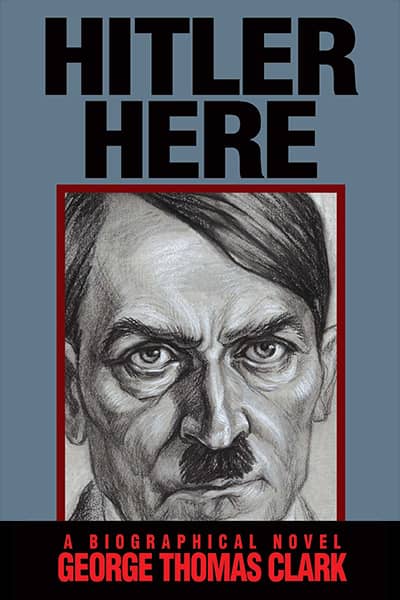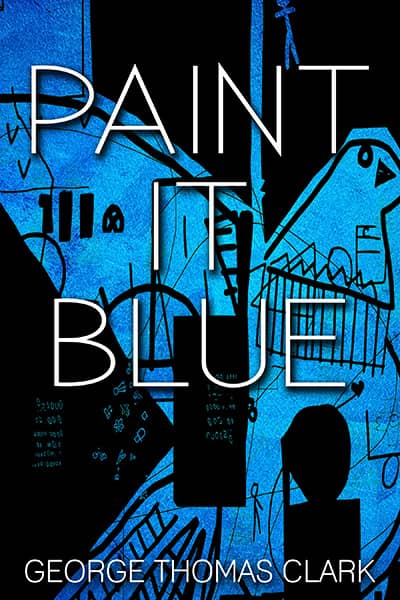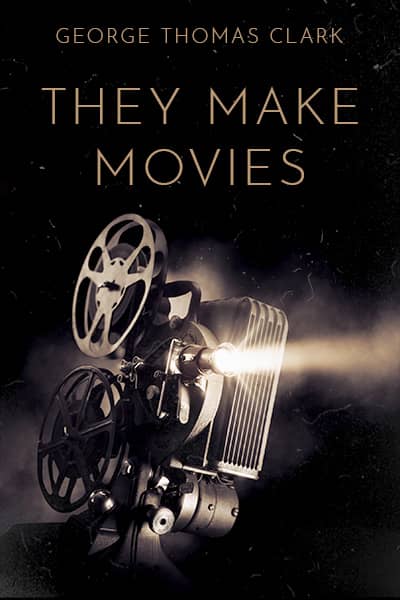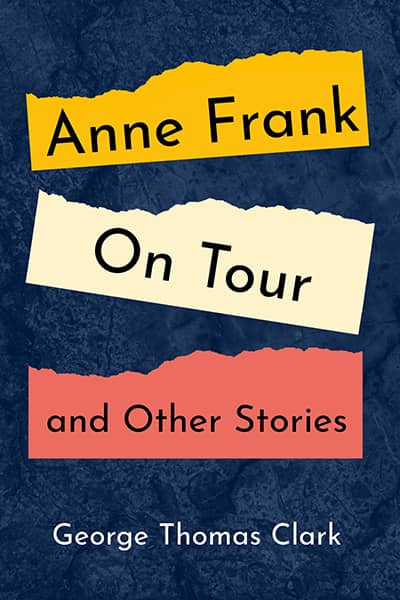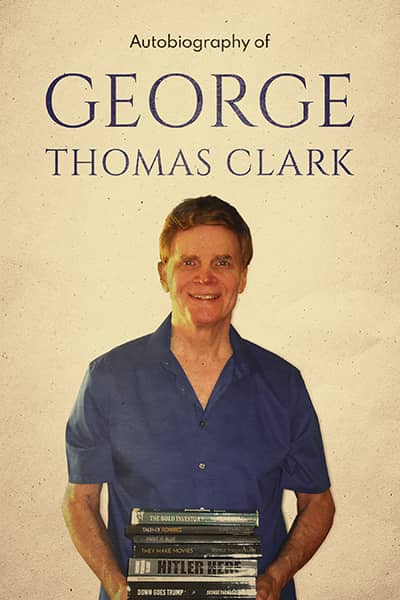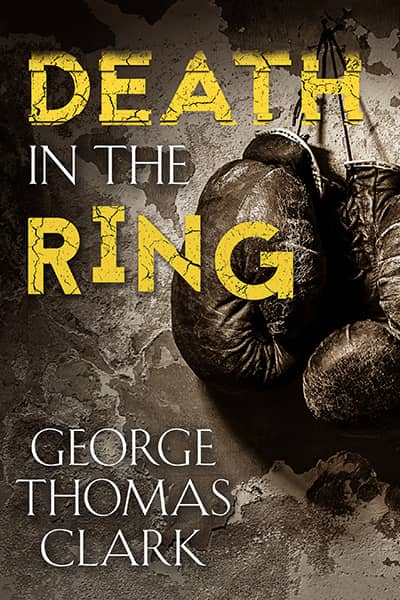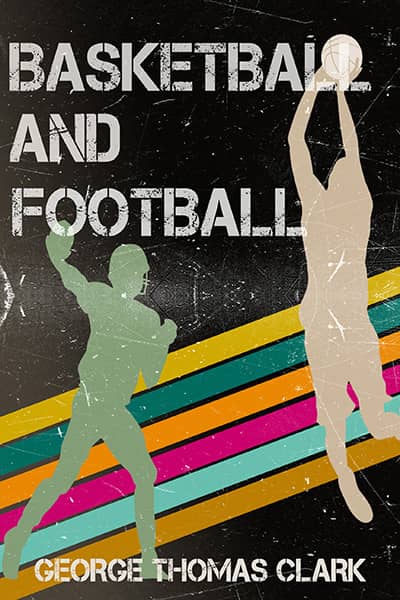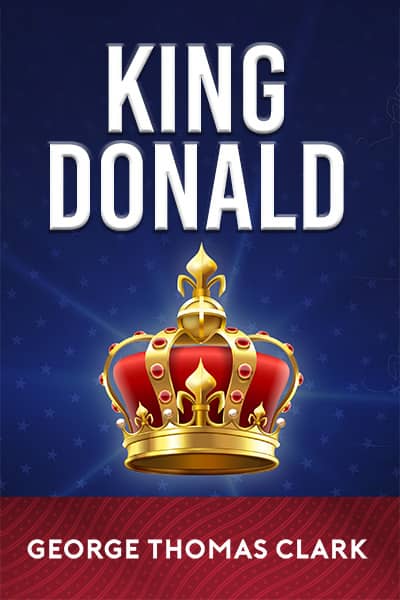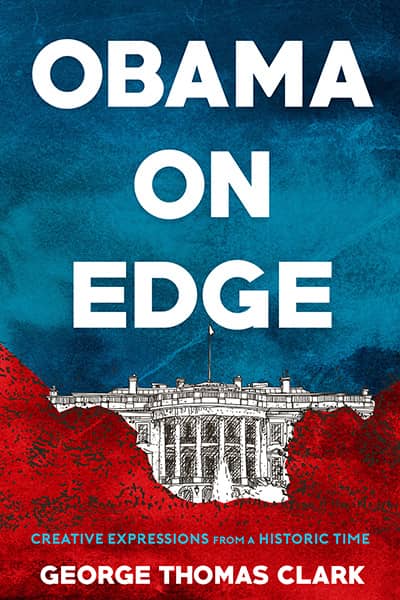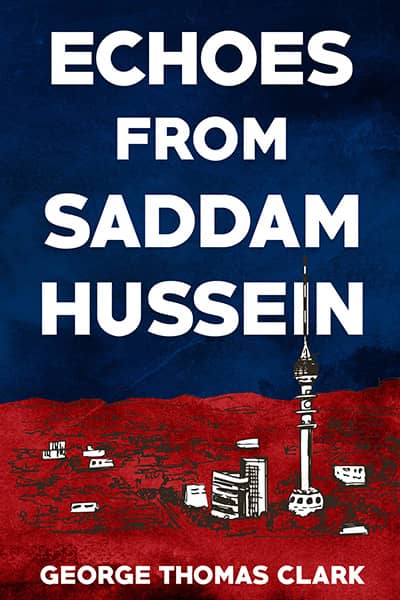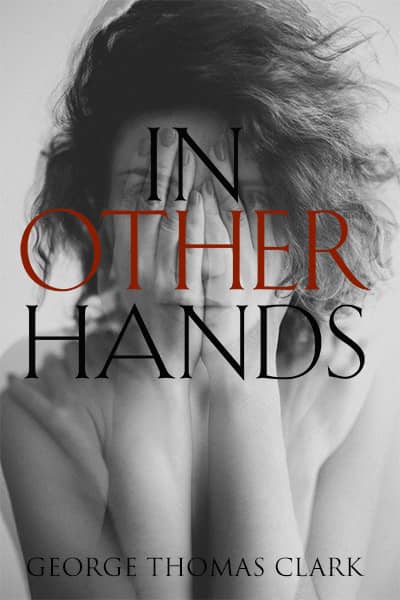Willie Mays is Eighty
May 16, 2011
I can recall no adolescent experiences nearly as vivid and pleasurable as going to Candlestick Park, that cold and blustery point on San Francisco Bay, and watching Willie Mays play baseball. I first saw him live the last game of the 1962 season. With but three games to play, the San Francisco Giants had come from three games behind the hated Los Angeles Dodgers to tie them as electric Mays crushed a ball far into the left field bleachers, in the bottom of the eighth inning, to lift the Giants to a 2-1 victory over the Houston Colt .45’s, a name soon deemed inappropriate or at least unmarketable, even in Texas. I cheered Mays’ historic clout from the upper deck in windy Candlestick Park and watched after the game as groundskeepers soaked the first base path to impede Dodger Maury Wills, who had stolen a hundred four bases that season to break Ty Cobb’s record, and would come to town the next day for game one of a best of three pennant playoff. Mays hit two home runs in the opener, the Giants lost the second, and trailed late in game three in L.A. before rallying to win and advance to the World Series against the New York Yankees, the eternal gold standard of baseball.”
As the United States, Cuba and the Soviet Union blustered and blundered the world toward nuclear catastrophe during the Cuban Missile Crisis, the Giants and Yankees engaged in a thrilling World Series, and, ultimately, on October 16, 1962, it was the bottom of the ninth inning of game seven at Candlestick. “The Yankees led 1-0 when Matty Alou sped to first on a drag bunt and, with two outs, appeared en route to the tying run as Mays doubled to right field, but Roger Maris, an underrated fielder with a strong arm, who had hit 61 steroid-free homers the year before, quickly pounced on the ball and made a strong relay throw that enabled the Yankees to hold Alou at third. Big Willie McCovey stepped to the plate as fans prayed and my elementary schoolmates and I enjoyed the unprecedented privilege of watching a black-and-white TV for a few minutes. With a massive swing McCovey hit one of the hardest line drives I’ve seen, but, still achingly, the ball shot straight at sure-handed second baseman Bobby Richardson, who squeezed another title for the Yankees.”
The Giants would not win their first World Series in San Francisco until 2010. I couldn’t offer a single name from that roster but can still recite all the starters on the 1962 team, which featured four future Hall of Famers in Mays, McCovey, Orlando Cepeda, and Juan Marichal. Unfortunately, I didn’t see much of the post-season action, even on television, but shortly afterward did behold Mays up close at a public appearance in the parking lot of a supermarket in Sacramento. He was congenial in answering everyone’s questions and signing autographs. I prized that autographed photo for many years until I lost it during one of about thirty moves as a young adult.
In person, in the years following 1962, I saw Mays launch a game-winning home run during a weekday game attended by my little league team, and another time watched him hit two doubles, one a traditional shot just inside the third-base line and the other a towering infield fly that ordinarily would’ve been caught but was blown by cold wind that night and fell untouched, amid confused infielders, between home plate and the pitcher’s mound. I also witnessed an epic mid-Sixties pitching dual between Marichal and Warren Spahn of the Milwaukee Braves. The visitors won 3-1 and another nemesis, Hank Aaron, hit a homer, but Mays made one of the highlight catches of his career, sprinting into left-center field to stretch and backhand a sinking line drive.
In 1965, at age thirty-four, Mays hit fifty-two home runs, a career high, providing many opportunities for radio broadcasters Russ Hodges and Lon Simmons to make the sweetest statement in the world, “Mays hits a long fly ball, way back, way back, and you can tell it bye-bye, baby.” He not only hit homers, he hit the ball hard to all fields and sprinted to first base and rounded it aggressively, always threatening to advance. The memories are powerful. As either Hodges or Simmons said late that season, “The man is absolutely incredible.”
He was, but he was aging and hit a merely-mortal thirty-seven homers the following year and never again had more than thirty and ended his career stumbling on the base paths and in the outfield for the 1973 New York Mets. During that period I also cringed, as did others I knew, as he behaved with astonishing rudeness on the Dick Cavett Show. Shortly, Hank Aaron passed Willie Mays in the career home run race, and later Babe Ruth, to become the all-time champion.
I salute Aaron for his greatness on the diamond and his gentlemanliness, but don’t tell me he was a better home run hitter than Willie Mays. Unexamined numbers lie. Karl Malone scored more NBA points than Michael Jordan. That’s still recent, so you’d never conclude Malone, though great, approached the transcendent Jordan. The home-run totals of Willie Mays and Hank Aaron, six hundred sixty and seven hundred fifty-five, respectively, can easily be put in perspective. Mays missed most of the 1952 season and all of 1953 because he was drafted. Aaron never was. Very conservatively, Mays lost sixty home runs during that period. Furthermore, Aaron played his career in two of the most home-run-friendly parks in baseball history, Milwaukee County Stadium and Fulton County Stadium in Atlanta, where soft-hitting Davey Johnson amassed forty-three homers in 1973 when Aaron was also playing there. Johnson had hit five homers in
Baltimore the previous year. The second best total of his career, also in Baltimore, was eighteen. Furthermore, Mays had his greatest day at the launch pad in Milwaukee County Stadium, ripping four homers. During home games at Candlestick Park, sharp winds eternally blew in from left field and pushed back many should‘ve-been-home-runs. He lost at least six to ten a year that way. Put Aaron in the army a couple of years and let him play in Candlestick Park and see what his home run totals would be. Take Mays out of the army and let him play where Aaron did, and he would’ve hit a minimum of eight hundred homers.
I find my heart’s pumping hard now. I guess I still have some residual fanaticism. During the prime of Willie Mays I had a doll of him, making a basket catch, that I always displayed in my bedroom and took with me on vacations and only reluctantly parted with in 1998 for one hundred dollars, of the listed retail value of three hundred, during a financial crunch. Maybe it’s best I no longer have the doll. I don’t need daily reminders. I have periodic memories of the great days. And I have the pride, like so many athletes at all levels in a variety of sports, that I too wore Mays’ number twenty-four during athletic competition.
It’s entirely fitting that so many sports luminaries, politicians, and pundits have celebrated the eightieth birthday of Willie Mays. I have always thought about him on May sixth and used that as a marker. I cut off the tips of two fingers on May sixth, 1967. A year earlier I had knee surgery six days after his birthday. I’ll always consider May sixth a special day and evidently was unnerved by the memories so am writing this a bit late
Readers respond –
Gosh, is this subject a big part of my childhood. My Little League team went too. While living in Chico, ages 11-16, I would always tune in the games on the radio… The only game I remember from those radio days was the game you cite, a homer to beat the Colt 45s!. I must have listened to a hundred games and how weird is it that’s the one I remember? Before Chico, and my first stint in Sacramento (over by El Camino High), I rolled up tin foil in a ball and constantly pretended I was the Giants entire lineup. I did my own commentary too. I’ve often thought about Willie passing, and my reaction will be, “I’m officially old now.” It will be a sad day. But, he was not a great with fans, as I’m sure you know… My son stood in line 20 some years ago at a card show and Willie didn’t even look up. — Laguna Beach
I went to a baseball signing with Mays here in Seattle about 7 or 8 years ago. (Anna) and (Sally) her girlfriend went with me and (Sally) asked if she could kiss Willie. She is a cute little blonde and Willie looked at her, I saw a slight twinkle in his eye and then he stood up and said, “Come here, girl”….and planted a kiss on her cheek. It was cute. — Seattle
Mays will always be the greatest, in my eyes. George Thomas Clark is right on in noting that, sans the military service and Candlestick, Willie would have hit a simply unbelievable number of homers. This would, of course, have raised his batting average, runs, RBI, total bases and slugging percentage totals, as well. — Sacramento
